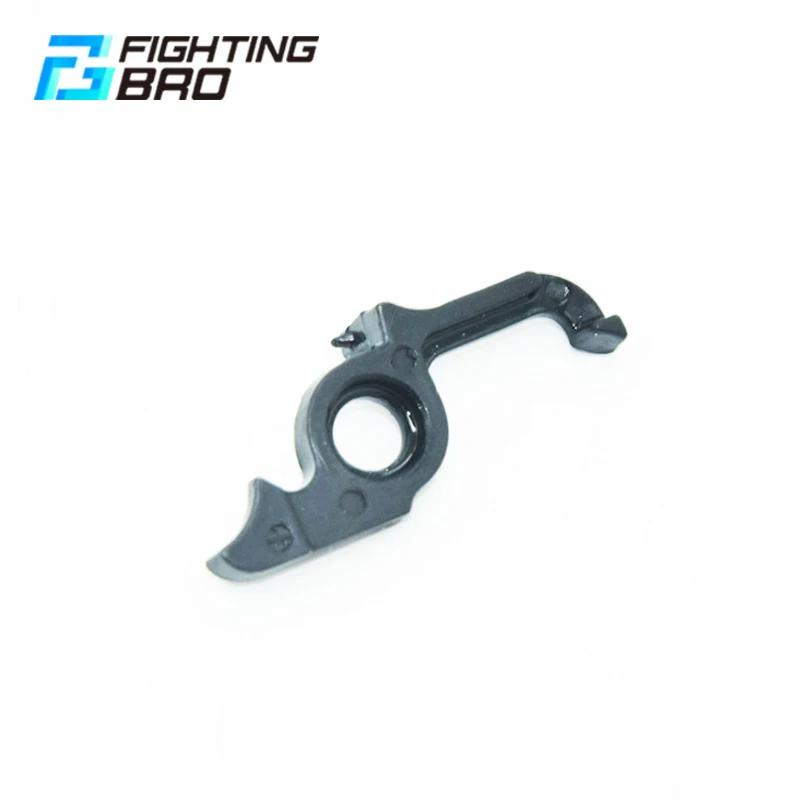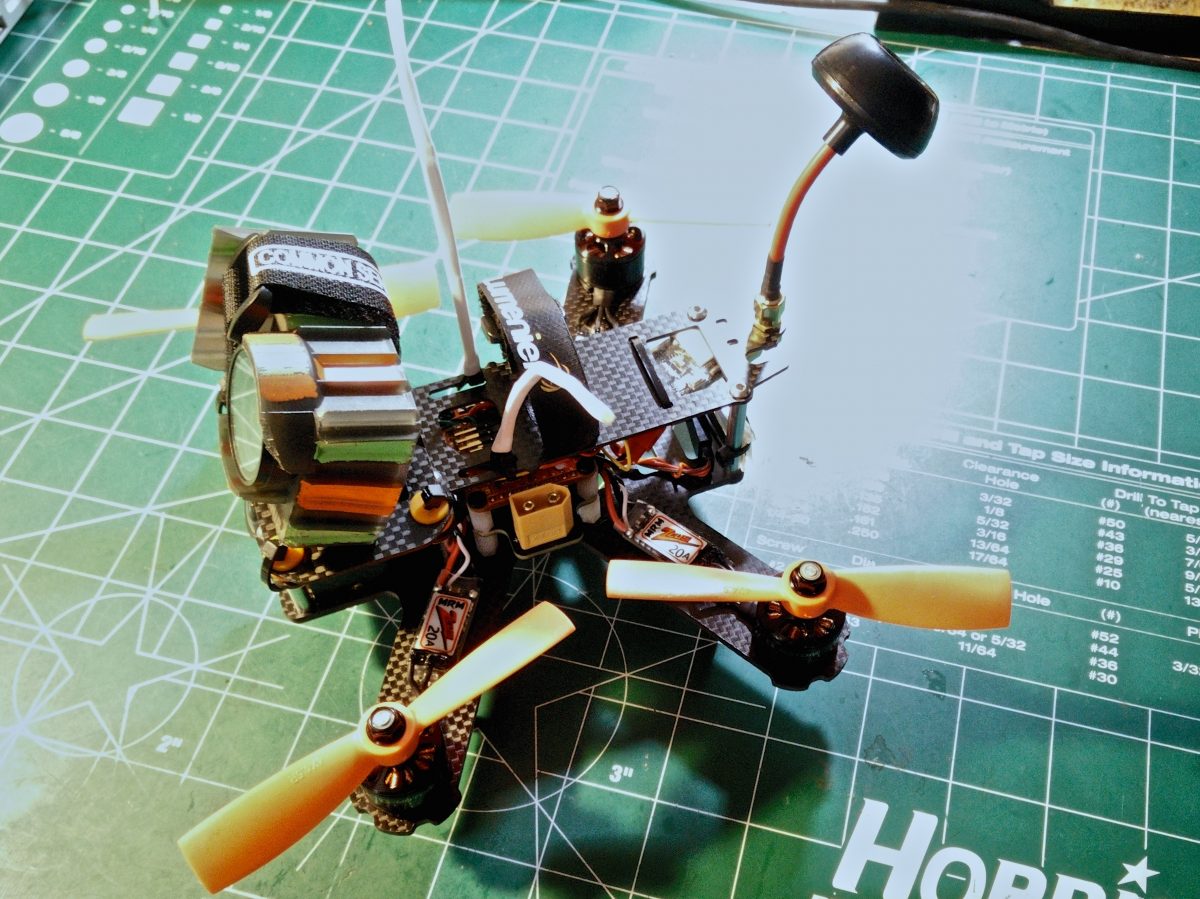


Thus the three solutions have distinct properties, e.g., I and III converge best close to lift-off and II close to burn-out. The method III uses power series of time for the horizontal (downrange) and vertical (altitude) coordinates the method II replaces the altitude as variable by the atmospheric mass density and method I by its inverse. Three distinct analytical solutions are obtained for constant: propellant flow rate, thrust, thrust vector angle, angle-of-attack and acceleration of gravity the lift and drag are assumed to be proportional to the square of velocity, and the mass density is assumed to decrease exponentially with altitude. The two dimensional gravity turn problem is addressed allowing for the effects of variable rocket mass due to propellant consumption, thrust and thrust vector angle, lift and drag forces at an angle-of-attack and atmospheric mass density varying with altitude Coriolis and centrifugal forces are neglected. It was found that the initial roll rate of the projectile and the lateral thrusters’ igniters’ uncertainties could affect the pitch angle achieved and must be minimized to reduce the projectile dispersion. It was experimentally proved that the cold vertical launch maneuver could be realized properly with at least two lateral motors. The flight parameters were measured using an onboard inertial measurement unit and a ground vision system. Thirteen flight tests were completed on the missile test range. A series of ground laboratory trials was accomplished. The parametric analysis was performed to investigate the influence of system uncertainties on quick turn repeatability. A six degree of freedom mathematical model was developed to execute the Monte-Carlo simulations of the launch phase and to prepare the flight test campaign. The generic 152.4 mm projectile equipped in small, solid propellant lateral thrusters was used as a test platform. This study discusses the problem of the influences of disturbances and the repeatability of lateral thrusters’ ignition on the pitch maneuver quality. However, a quick turn might be disturbed by various uncertainties. Over the launcher, the attitude of the missile is controlled by a set of lateral thrusters. In vertical cold launch the missile starts without the function of the main engine. The rocket can be modelled using MATLAB codes including its position, time derivatives, velocity and acceleration. The methodology makes use of the second order differential equation to model the Saturn V rocket launch. The Saturn V rocket used in the Apollo 11 spacecraft was employed to provide better understanding of a real-life scenario. Furthermore, the flight of a rocket launch can be confronted with real world situations. Assume that the atmospheric air has no effect on the trajectory of flight. Plot the maximum-range trajectory in a different color and with a thicker line. Plot the trajectory of the rocket missile for angles between 10° and 90° in 1° increments. Determine the angle that will result in the maximum range of the rocket. Calculate this range for all angles between 0° and 90° in steps of 1° degree. To explain the problem in a clear way, the student will write MATLAB codes to calculate the range that a rocket missile would travel when it is launched with an initial velocity of 20 m/s at an initial angle of . In this classroom activity, the students will develop a model to determine the time of flight of rocket missile launch from the surface of the earth and distance travelled when the rocket returns to the ground. However, problems must be approached methodically, applying algorithms or step by step procedure by which one arrives at a solution.

As essential as problem solving is, several approaches are combined that will lead to the final solution. Computational problem solving often involves applying a consistent and structured approach to solving problems. This problem is a computational problem solving.


 0 kommentar(er)
0 kommentar(er)
